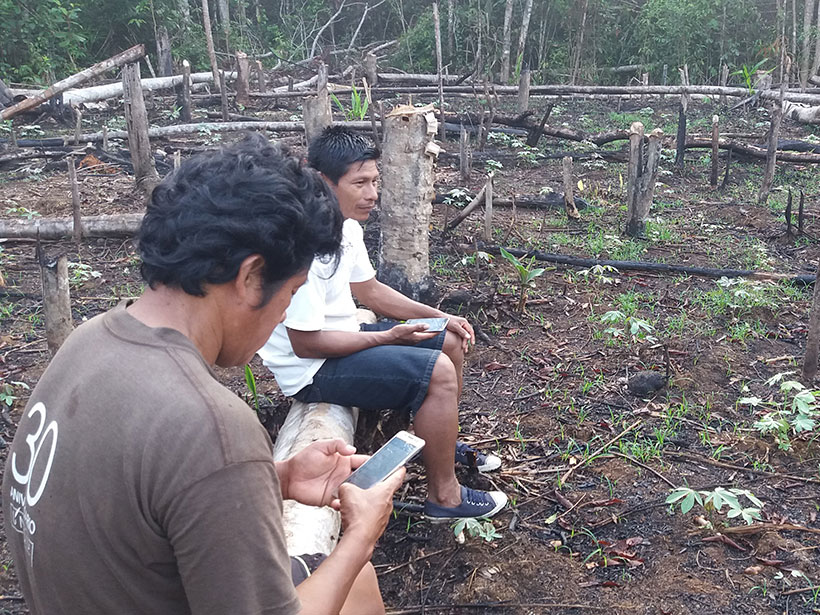New research suggests a more settled terminology for Martian aeolian landforms based on size and geomorphology.
News
How Can Wristbands Monitor Pollution, PAHs, and Prenatal Care?
Silicone wristbands can help monitor pregnant women’s exposure to polycyclic aromatic hydrocarbons. Tracking these toxic chemicals, produced by combustion, could improve public health outcomes.
Tracking Sustainability Goals with Creative Data Sources
Nontraditional sources of data could assist in charting the U.N. Sustainable Development Goals, helping design appropriate policies and investments to improve the state of the environment.
New View of Expanding Perspectives in the Geosciences
Earth and environmental sciences have some of the least diverse racial and ethnic representation in academia. To face profound future challenges, the fields need to address the inequities of the past and how they inform the present.
Indigenous Peoples Harness Space Technology to Stop Deforestation
Satellite observations have long been used to detect deforestation, and a new study shows that giving Indigenous groups greater access to these data can improve response times and reduce tree cover loss.
Climate Change and Extreme Weather Linked in U.N. Climate Report
A major scientific assessment of global climate science found a much stronger connection between climate change and extreme weather than ever before.
Index Suggests That Half of Nitrogen Applied to Crops Is Lost
Food production is becoming less efficient at using nitrogen fertilizer, according to a review of global values. Excess nitrogen damages the environment and the climate.
Lightning Tames Typhoon Intensity Forecasting
Typhoons regularly drench densely populated western Pacific regions, but lightning could forecast intensity more than a day before a storm’s strength peaks.
Cosmological Tool Helps Archaeologists Map Earthly Tombs
A new study employs a method originally developed to help map stars and galaxies to describe how ancient tombs are clustered. The research helps archaeologists studying remote or inaccessible sites.
Ejecta Discovered Near Site of Ancient Meteorite Impact
South Africa’s Vredefort impact structure is the largest on the planet, and researchers have now discovered the first proximal ejecta possibly deriving from the cataclysmic impact.










